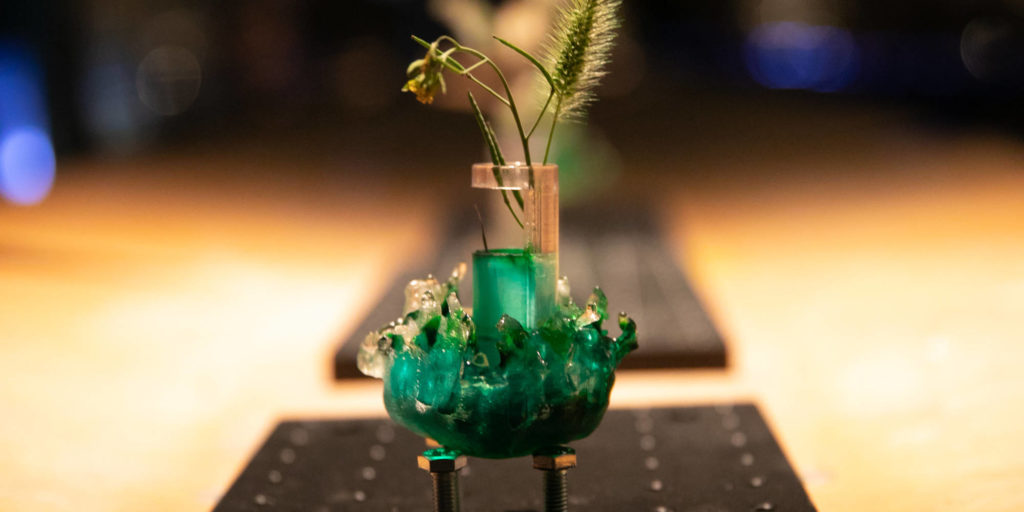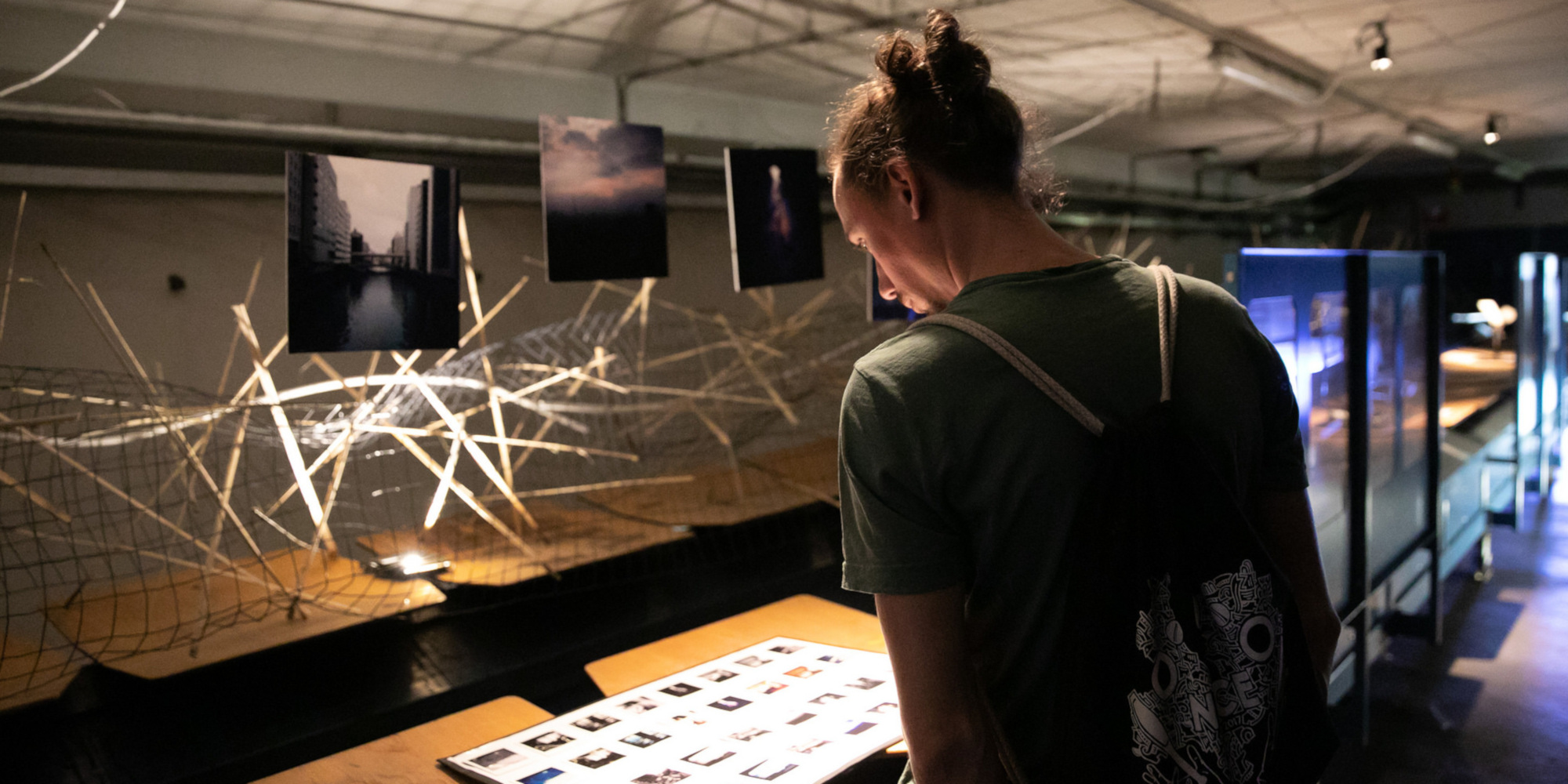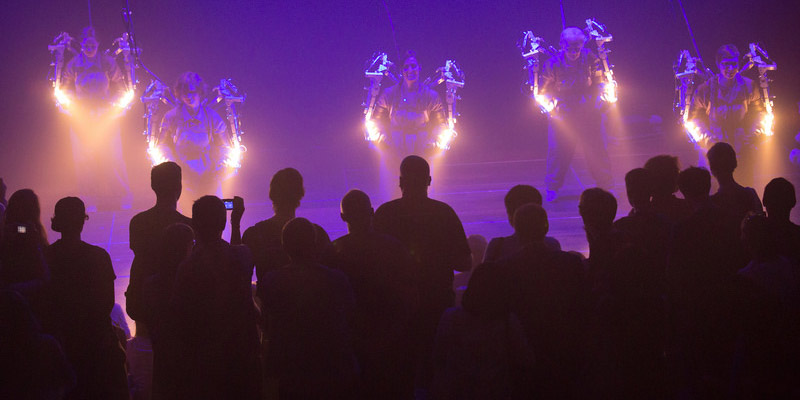Digital Nature is a concept that underlies our work. We incorporated two further themes in this exhibition: “Beauty of Natural Resolution,” and “End to End Transformation of Material Things,” Based on this combination, we described the exhibition as “an attempt to update our aesthetics to the extent, where we sense something as being natural in our industrialized times.”
An important theme for this exhibition is the vernacular industrial society. To people living in advanced technological societies, “nature” is no longer the same as it was, when humans first emerged back in prehistory.
Digital Nature Group consist of over 40 people including students, researchers and professors who are interested in Wave Engineering / Machine Learning / Material Research. Our intent is to promote research and development not only for academic reasons but within the broader society. From the viewpoint of computer science research, we are prototyping systems combining wave engineering, bio- and meta-materials of digital fabrication and deep learning in order to explore new ecosystems in the digital age.
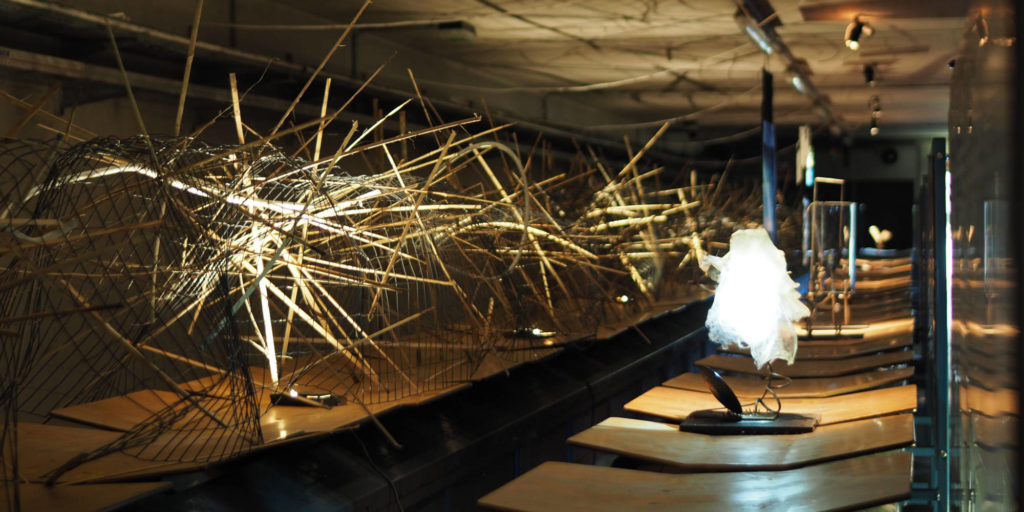
These prototypes are different from modern standardized social forms, modern mass production formats or mass communication. They define their view of the world as computationally incubated diversity, and by tackling the expansion of the body as well as the production process, audio-visual communication by holographic wave engineering for individual communication, and machine intelligence.
We are trying to figure out the digital-age ecosystem by these emerging technologies. This is what we always keep in mind in the process of combining art, science and technology, thereby trying to solve real social problems by these technologies.
The Digital Nature concepts are combined with the ancient Japanese aesthetics “Wabi-Sabi”, defining it as “stabilization of the instability between complexity and simplicity through the iterations towards Nature”.
Yoichi Ochiai (JP)
Structure of Industrial Nature
Since the 19th century trains have traveled on railroads which enable them to move with less friction and these structures are a component of dynamic cities. If a city is regarded as a box garden, the railroad is one of the dynamic components of the garden – like a fountain or a windmill. This installation fuses Japanese garden style and industrial structures to create dynamics and wabi-sabi.
Yoichi Ochiai (JP)
Wavefront of Life: Kandagawa
What color do you imagine on the surface of monochrome water? The colorization is a subjective process in our mind. Yet, image coloring by AI is becoming common. However, there is a limit to the accuracy of coloring by only learning generic datasets. Will the neural network behave subjectively, if trained based on personalized datasets? What colors will a neural network as an “externalized” artist use/see? The project explores the external-subjective process using a neural network that only learned from Yoichi Ochiai’s photo dataset.
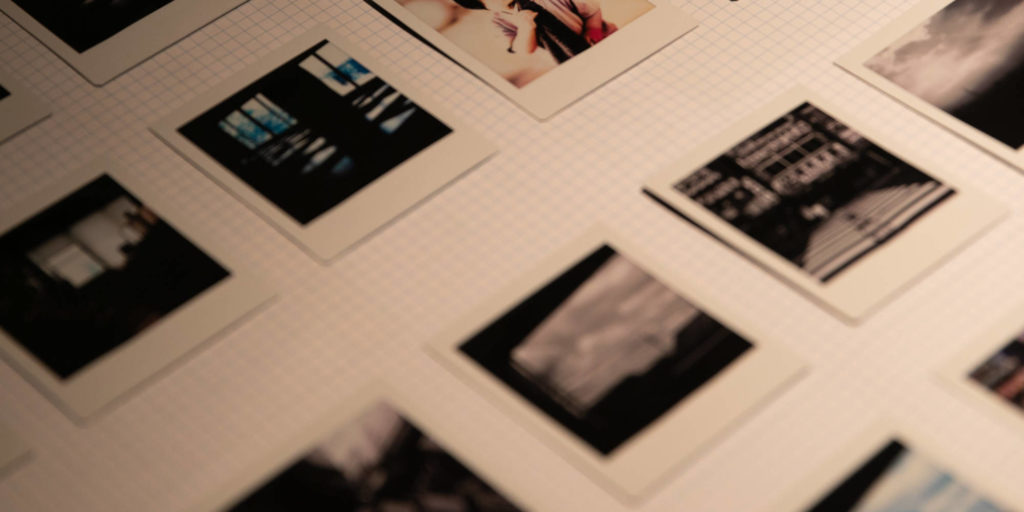
Yoichi Ochiai (JP)
Morphing Iterations of Vase and Flower
A vase – as a vernacular in industrial society – mediates flowers, trees and nature. In this project the flower vase is produced with found material. Made of post-industrial natural matter, it is an aggregate of industrial jigs cutting out, supporting, and constructing flowers, trees, and natural objects.
Credits: Ippei Suzuki (Pixie Dust Technologies, Inc.)
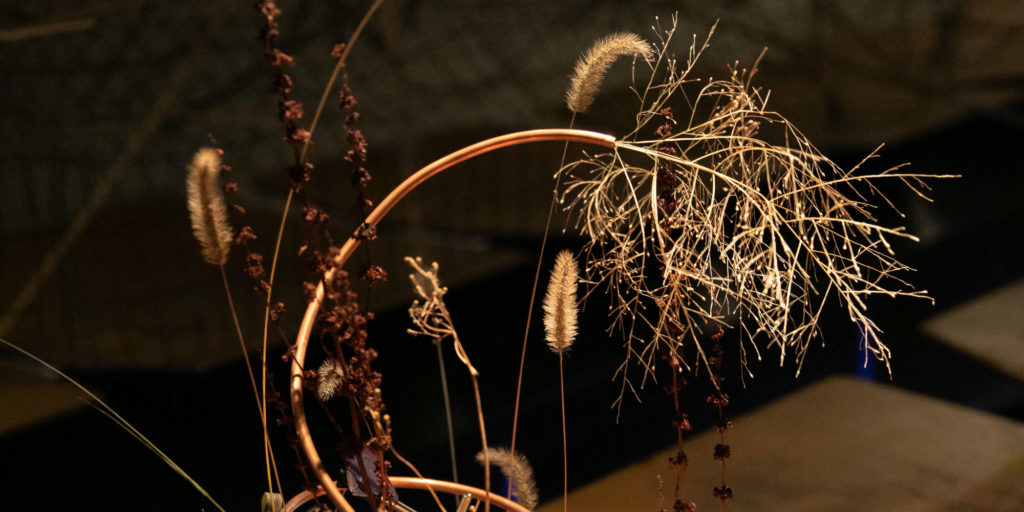
Yoichi Ochiai (JP)
Wavefront, Reflection, Pointillism of Sunlight and Sea waves@IppeiSuzuki
Mackerels’ body patterns are optically imitating the sea and the sun. Here, the GAN process can be seen in their natural texture, a natural survival strategy. The canvas in this project is covered with stretched silver and painted with high resolution textures of mackerels. This optical mimicry of mackerels is a naturally generated scenery of horizons. It shows us “wabi-sabi,” the stabilization of instability between complexity and simplicity through the iterations towards nature.
Credits: Pixie Dust Technologies, Inc.
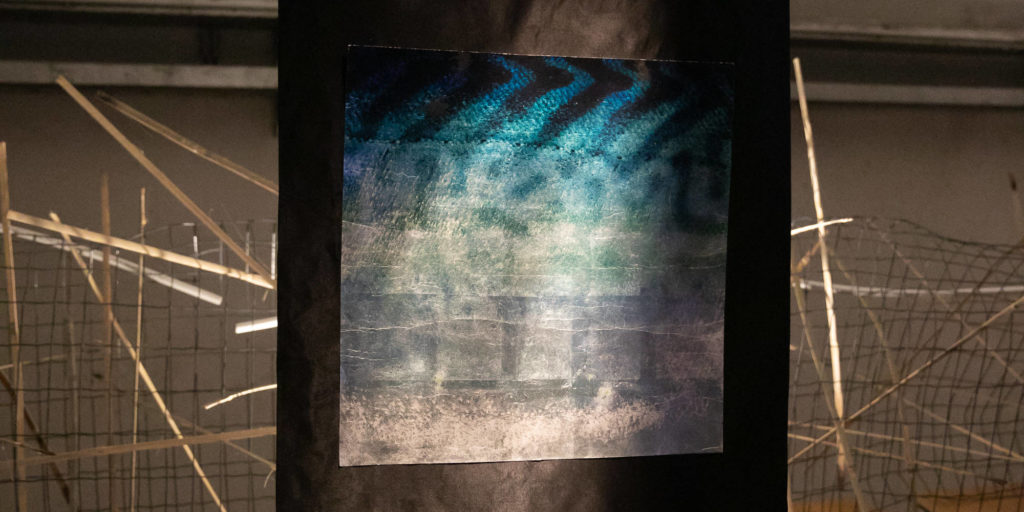
Kohei Ogawa (JP), Yuta Sato (JP), Atsushi Shinoda (JP), Yoichi Ochiai (JP)
Chrome
Chrome is a black Chinese calligraphy which is drawn by femtosecond laser. It has a meta-material structure that looks super black as it absorbs more than 99% of the light. Chinese calligraphy is commonly referred to as being three-dimensional art by two-dimensional shades of Chinese ink. “黒無” expresses Japanese “書” by using optical characteristics and making it a perfect 2-D representation. Moreover, the black of this work cannot be reproduced with natural objects.
Chun Wei Ooi (JP), Yoichi Ochiai (JP)
Beyond the Iris
Beyond the Iris is a visualization of the light merged by our eye lens. The light undergoes a Fourier transformation, where the retina senses it and decodes it into the world as we know it. This work brings new perspectives of the raw information our eyes receive into a dimension that we can process.
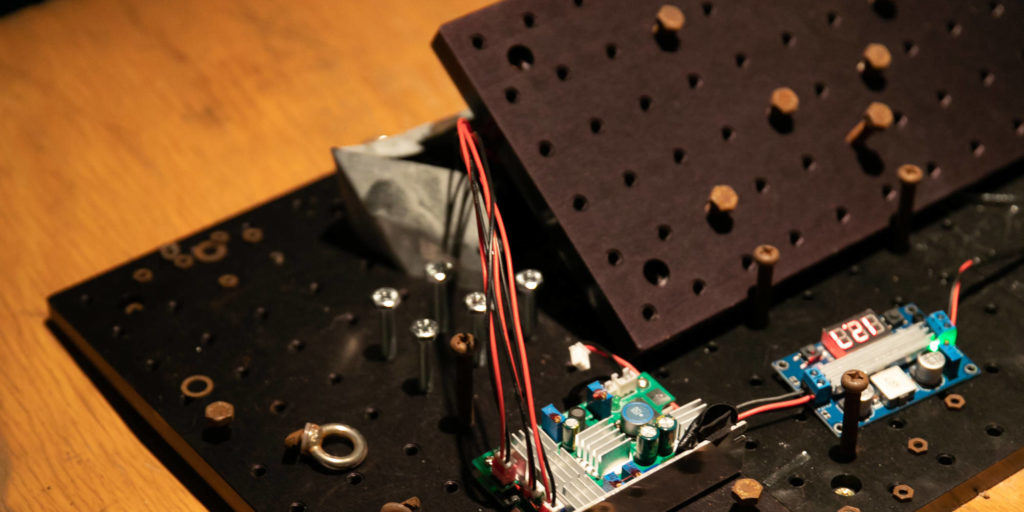
Riku Iwasaki (JP), Yoichi Ochiai (JP)
Impulsed Air Chime: Insect / Impulsed Air Chime: Fish@IppeiSuzuki
Wind chimes are traditional Japanese furniture. Here is the plasma chime, which, activated by high voltage, produces the impulse-sound in the glass tubes with metallic structures. This impulse-plasma-chime mimics the sounds of insects or fish. The generated plasma shakes the atmosphere, and its digitally generated randomness makes the sound of natural phenomena. The sound from the industrial structure of glass and machine permeates into the perspective of Digital Nature.
Credits: Pixie Dust Technologies, Inc.
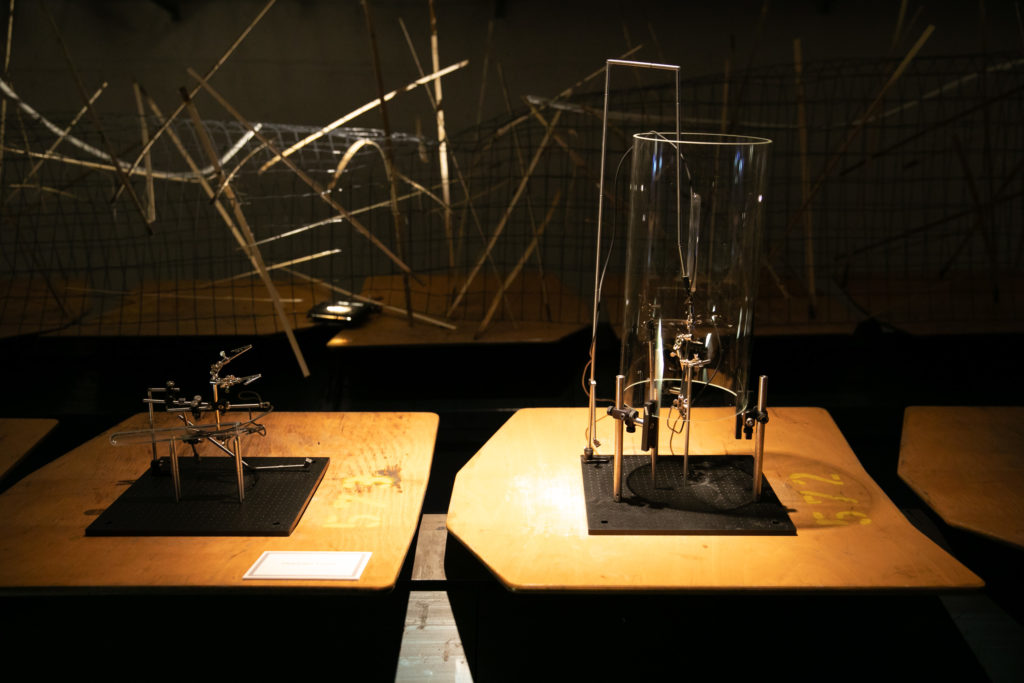
Yuzuha Ito (JP), Riku Iwasaki (JP), Yoichi Ochiai (JP)
“Kesa” for lantern
Kesa is the costume that a Buddhist monk wears. As Buddhist monks could not possess private property, they made Kesa to cover themselves by joining together torn pieces of cloth. This work is the “Kesa” for lantern, which was made using three-dimensionally shaped silk fabric produced by silkworms. The cloth lights in computationally fabricated organic shapes. This artwork inherits in its visual representation a classical Japanese way of lighting.
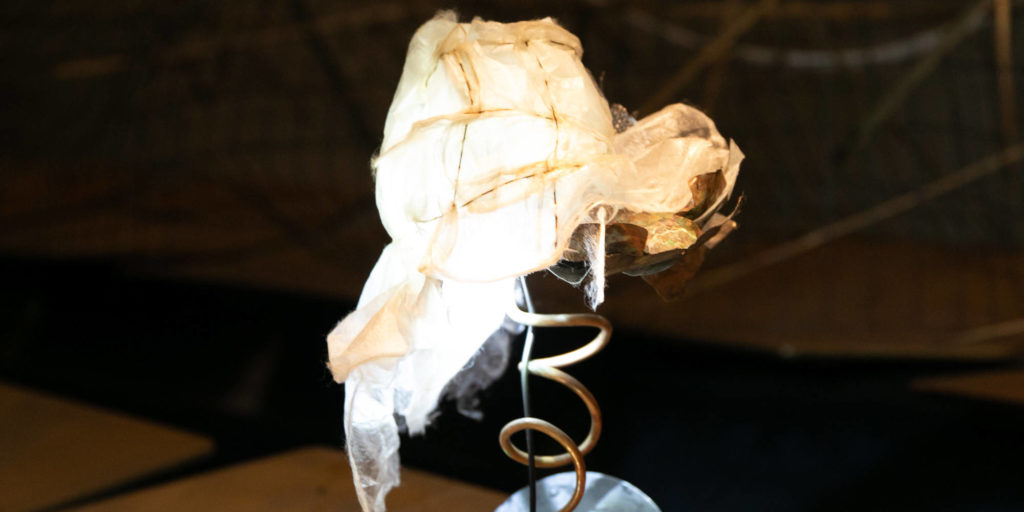
Shinnosuke Ando (JP), Yoichi Ochiai (JP)
砂注像
In Zen there is the word “雨滴聲”. This word means “if you look at things without being trapped by bias, everything is one and only.” In the anecdote behind this word the teacher preached this lesson through perception of the sound of rain. This work provides the reliving of this word through perception of the image projected on the falling beads.
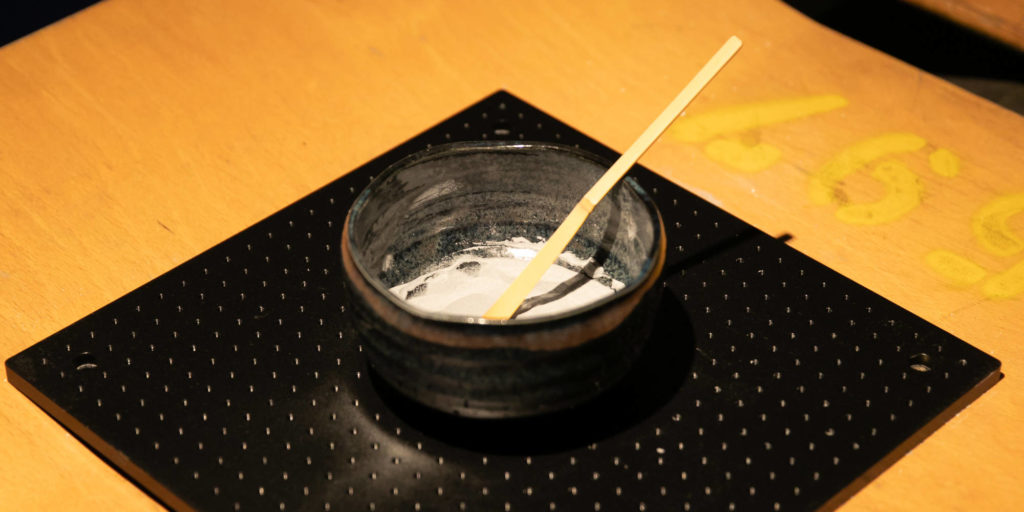
Kohei Ogawa (JP), Tatsuya Minagawa (JP), Yoichi Ochiai (JP)
山川草木
山川草木 is a 3-D printed vase that interacts with water. This vase expresses flowing water by capillary action. This property is provided by the capillary effect. We created a structure with a lot of thin tubes inside the 3-D model, which causes the capillary effect. The fresh color expression is realized by capillary action of water colored with edible pigment inside the 3-D print model made of transparent material.
